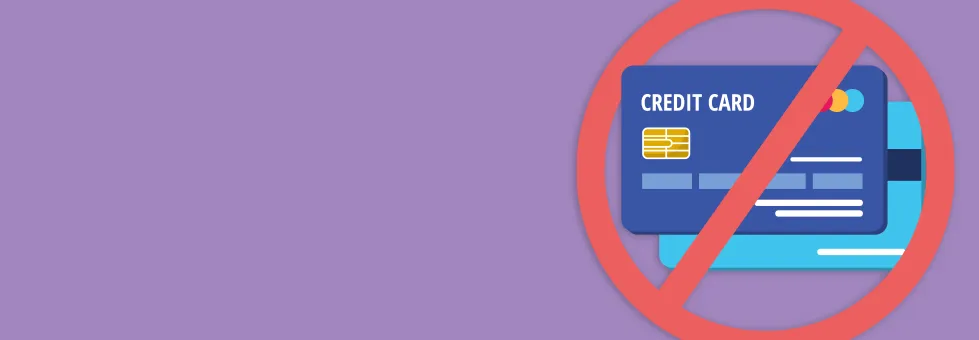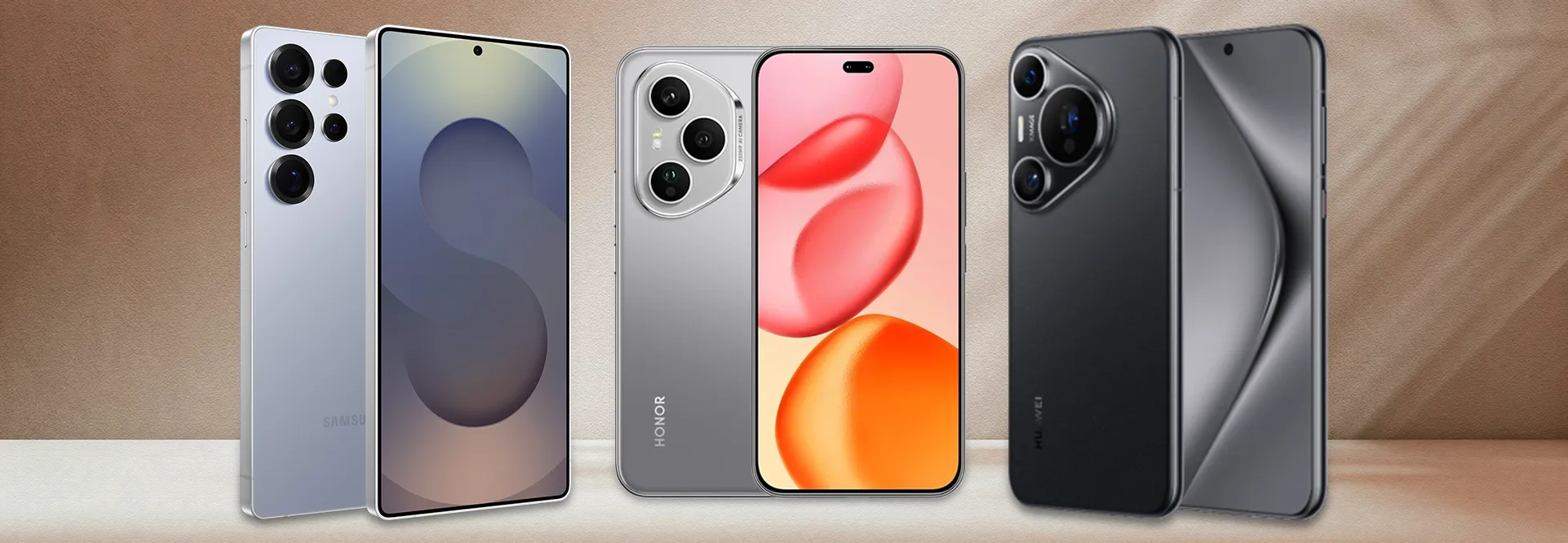Pros and Cons of Mobile Payments: Convenient or Security Concern?
Mondo Admin / 13-05-2024 / Tech
Cash, Plastic or Smartphones?
What’s your preferred way to pay for goods and services online or in-store? Chances are, you’re part of the rapidly growing number of South Africans who are tapping their phones to pay for everything from their morning coffee to online shopping sprees.
Ditching coins and cards for mobile payments looks set to be the way of the future, especially when you consider this eye-opening statistic from Mastercard: 52% of South Africans have utilised smartphone and digital tap-and-pay platforms in the past year alone!
If you’re considering joining the revolution or if you're already on board but still have security concerns, we've compiled all the pros and cons of mobile payment systems to help you make an informed decision.
Cash is king but mobile payments are the new cha-ching
But before we dive in, here’s a brief overview of what mobile payment systems are, especially for the 'cash is king' and 'plastic is fantastic' folks in the house.
Mobile payment systems can be defined as the contactless method of paying for items using your smartphone, but it can also extend to your other devices like smartwatches and tablets. Payments are mainly facilitated through apps, such as digital wallets with the popular ones being Apple Pay, Google Pay, and Samsung Pay. Other popular mobile payment platforms are banking apps, third-party QR-scanning platforms like Zapper and Standard Bank’s SnapScan, and Mastercard Click to Pay exclusively for online purchases.
Here’s how mobile payments work using digital wallets as an example:
If you want to pay for goods or services using Apple, Google, or Samsung Pay, you’ll first need to link your credit or debit card details to your digital wallet. Once everything is set up and authorised by your bank, you’re ready to make in-store, in-app, or online purchases with just a simple tap, click, or swipe of your phone. And just like that, you have a high-tech bank card.
Pros & cons of mobile payment systems
Here are all the pros and cons you should consider before using your mobile phone to make purchases:
Pros
Dodge the death stares
You’re at the till, searching for your card or trying to find enough cash to pay for your stuff, only to realise you’re R5 short. Not only is the cashier giving you death stares, but so are the people waiting in line behind you. Now, your stress is through the roof, and you wish you stayed at home. Mobile payment systems eliminate this nightmare. All you have to do is present your smartphone to the point-of-sale device, authenticate the transaction, and bam! Your payment is processed almost instantly without the need for you to enter a PIN code. Most importantly, death stares are kept at bay!
No longer feel the blues standing in payday queues
As mobile payments gain traction, checkout lines are picking up the pace thanks to less time spent swiping cards, entering PIN codes, or dealing with loose change. Adding to this increased speed is the lightning-fast mobile transaction processing that leaves good old debit and credit cards in the dust. This makes mobile payment systems an incredible solution to speeding up queues during those chaotic payday weekends when lines seem to stretch into eternity.
Fake information keeps criminals away
The biggest concern many people have about mobile payment systems is their perceived lack of security. In reality, these systems are even more secure than debit and credit cards. How? Well, for starters, they require biometric authentication like fingerprint scans or facial recognition to make purchases. Secondly, your mobile device takes extra precautions by encrypting your payment information during transactions. Each transaction gets its very own unique security code, and your actual card number is swapped out for a random mix of letters and numbers, known only to your device. This means that even if someone with crime on their mind intercepts the transaction, they won't be able to access your real information.
Cons
No juice, no use
We've all experienced the frustration of a dying phone battery at the worst possible moment. Now, imagine this happening when you’re about to make a purchase. This is the most glaring drawback of mobile payment systems. Their dependency on your phone's battery life means that if it runs out of juice, you're out of luck when it comes to completing transactions. Until we find a solution for endless battery life, this limitation will always be lurking. So, don’t forget to charge up and carry your power bank with you just in case.
Cash & cards are the comfort zone
One thing about mobile payment systems is that there are a ton of options out there, it’s like trying to choose a show on Netflix. With mobile wallets, online banking apps, and third-party apps, it’s easy to feel like you're drowning in a sea of options, especially if you're new to the game. And to compound matters, the lack of standardisation and compatibility among these systems only serves to complicate matters. While more and more people are hopping on the mobile payment bandwagon, these hurdles could throw a wrench in the gears, particularly for those who aren't exactly tech-savvy and feel more comfortable using cash and cards.
Closing the tech gap
As with all things related to tech, there's a barrier to entry, especially in a developing country like South Africa. This barrier requires owning a smartphone equipped with Near Field Communication (NFC) technology to use digital wallets and banking apps. While NFC is available in almost all modern smartphones, even the most affordable ones, the reality remains that not everyone can afford them.
This leaves a significant portion of the population excluded from this type of payment. The good news is that QR scanning for mobile payments serves as a workaround. This method doesn't require the latest smartphone models. You can easily find the necessary support for QR tech in many of the older smartphones, including the most affordable ones. Plus, transactions can also be made offline, making it even more accessible.
Tapping into tomorrow
Mobile payment systems are rapidly reshaping the way we transact, offering unparalleled convenience, efficiency, and security. Even though they have a few kinks to work out, the benefits far outweigh the drawbacks. As technology continues to advance, mobile payments look set to become an indispensable part of our daily lives. So, next time you feel like indulging in a little retail therapy, you can tap, swipe, or scan your way to a smoother shopping experience!





.webp)

under.webp)


